If you’re a history buff … or if you’re simply interested in the heritage aspects of a place, here’s some of our most interesting and entertaining locations:
Craigdarroch Castle
Location: 1050 Joan Crescent, Victoria, BC
Craigdarroch Castle is a definitively Victorian experience and a National Historic Site. It is a shining example of a “bonanza castle” — massive houses built for entrepreneurs who became wealthy during the industrial age. In this case, the industrialist was Robert Dunsmuir, a Scottish immigrant who made his fortune from Vancouver Island coal.
After the owners death in 1908, the castle has had several incarnations: A military hospital, a college and a conservatory.
For many years now the work as been on-going to restore the castle to its original glory and includes one of North America’s finest collections of Victorian residential stained and leaded glass windows, all of which are believed to have been produced by an American studio.
FOR INFORMATION ON TOURS AND ADMISSION CLICK HERE
See full post at: http://visitorinvictoria.ca/craigdarroch-castle-victoria-bc/
Hatley Castle
Location: 2005 Sooke Rd., Victoria (Colwood), BC
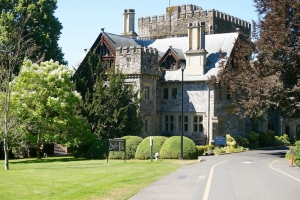
The Castle was completed in 1908. James Dunsmuir commissioned Samuel Maclure, a Victorian architect, to design the “Castle”, and Messrs. Brett and Hall, landscape artists of Boston, Massachusetts, to plan the gardens and surroundings.
Early in 1910, James sold his many businesses and retired to enjoy his beautiful home, his yacht “Dolaura”, his shooting, fishing, golf, etc. He died in May 1920, at the age of 69. His wife, formerly Laura Surles of North Carolina, lived on at Hatley Park with her daughter Eleanor until she died in August, 1937. Eleanor died six months later.
In November 1940, it was purchased by the Dominion Government for $75,000 to begin its career as a Naval Training Establishment. No time was lost. On 13 December 1940 HMCS Royal Roads was commissioned as an Officer Training Establishment for short-term probationary RCNVR sub-lieutenants and operated as such until October 1942.
After a brief history of five years, the Royal Canadian Naval College became, in 1947, the RCN-RCAF Joint Services College. The following year, with the admission of army cadets, Royal Roads became the tri-service College known as the Canadian Services College Royal Roads. In 1968, the name of the College was changed to Royal Roads Military College.
On 22 February 1994, it was announced that Royal Roads Military College would close in the following year. Due to public support, the Province of British Columbia entered negotiations with the federal government of Canada to lease the property and facilities in order to continue its use as a university. Royal Roads University was created on 21 June 1995 by an act of the Legislative Assembly of the Province of British Columbia.
There are acres of lovely gardens to wander through and you’ll probably recognize many of the interiors/exteriors from the many films that have been shot here throughout the years. There are also lovely views of Esquimalt Lagoon and paths to wander along the water and into some great forested areas as well.
FOR INFORMATION ON GUIDED TOURS PLEASE CLICK HERE
See full post at: http://visitorinvictoria.ca/hatley-castle-victoria-bc-royal-roads/
Fort Rodd Hill & Fisgard Lighthouse
Location: 603 Fort Rodd Hill Road Tel: (250) 478-5849 e-mail: fort.rodd@pc.gc.ca
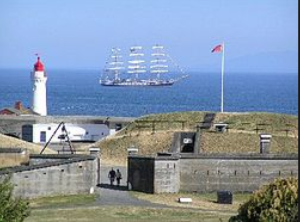
Educational and commercial groups are asked to book in advance.
Guided tours for groups are available at an additional cost, subject to staff availability.
Fort Rodd Hill – A National Historic Site – is a coast artillery fort built in the late 1890s to defend Victoria and the Esquimalt Naval Base. The Fort includes three gun batteries, underground magazines, command posts, guardhouses, barracks and searchlight emplacements. There are numerous interpretive signs and audio-visual stations, as well as period furnished rooms and friendly, knowledgeable staff. Visitors can explore gun batteries and underground magazines built a century ago, as well as searchlight emplacements, command posts…and much more.
At Fort Rodd Hill, visitors can explore gun batteries and underground magazines built a century ago, as well as searchlight emplacements, command posts…and much more. Signs, audio and video stations, and friendly, knowledgeable staff tell the stories of this national historic site.
Families often bring a picnic lunch and stay for a half a day. While the kids investigate our tide pools, parents can enjoy the spectacular sea and mountain views. Come visit soon!
FOR MORE INFORMATION AND ADMISSION RATES CLICK HERE
See full post at: http://visitorinvictoria.ca/fort-rodd-hill-victoria-bc/
Parliament Buildings
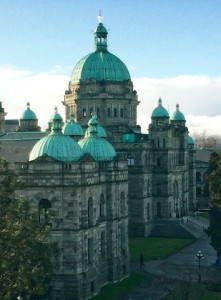 The Neo-baroque buildings face north on Belleville street facing the Inner Harbour and diagonally across from The Empress Hotel. A statue of Queen Victoria stands on the front lawn as well a statue of a soldier to commemorate the province’s World War I, World War II and Korean War dead. Atop the central dome is a gold-covered statue of Captain George Vancouver. Free guided tours of the facility are offered year-round.
The Neo-baroque buildings face north on Belleville street facing the Inner Harbour and diagonally across from The Empress Hotel. A statue of Queen Victoria stands on the front lawn as well a statue of a soldier to commemorate the province’s World War I, World War II and Korean War dead. Atop the central dome is a gold-covered statue of Captain George Vancouver. Free guided tours of the facility are offered year-round.
Built in the 1890’s by architect Francis Rattenbury, who was chosen to create this landmark and was a bold choice. Rattenbury arrived in Canada from Britain only a few weeks before his design submission was chosen as the winner. At the time of the competition, Rattenbury was only 25, and he is still considered one of the youngest architects in Canada to design a legislative building! The structure is constructed in the Romanesque Revival style of architecture, sits on large manicured lawns, and was intended to introduce a formal and impressive silhouette between the shoreline and the mountainous backdrop. Rattenbury went on to gain considerable renown, designing many buildings in British Columbia including that other memorable building in Victoria, the Empress Hotel.
FOR MORE INFORMATION ON TOURS CLICK HERE
Full post at: http://visitorinvictoria.ca/the-parliament-buildings-victoria-bc/
St. Anne’s Academy
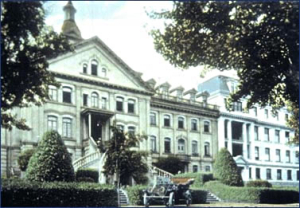 Location: 835 Humbolt St., Victoria
Location: 835 Humbolt St., Victoria
St. Ann’s Academy is a testament to the dedication of the Sisters of St. Ann who were integral to the beginnings of education and healthcare in British Columbia. Now a national historic site owned by the Ministry of Technology, Innovation and Citizens’ Services, St. Ann’s remains one of Victoria’s premier landmarks surrounded by heritage gardens and greenspace to provide an oasis in the centre of the Capital city.
CLICK HERE FOR MORE INFORMATION ON HOURS AND TOURS
See full post at: http://visitorinvictoria.ca/st-anns-academy-victoria-bc/
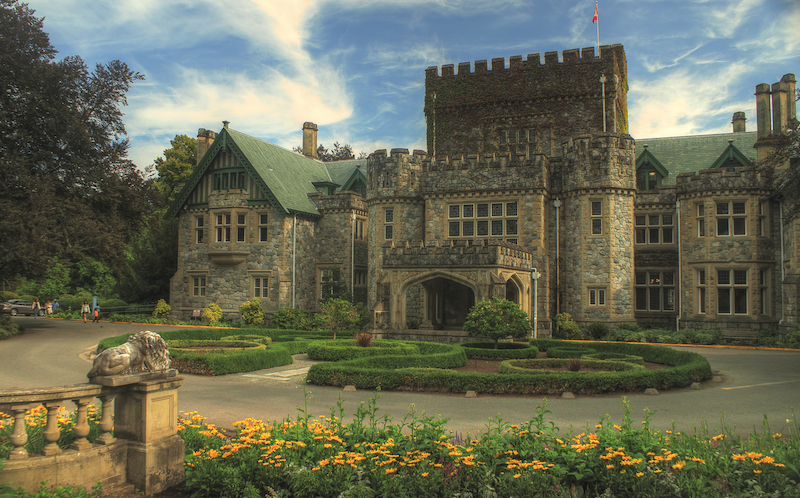
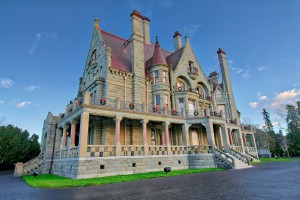
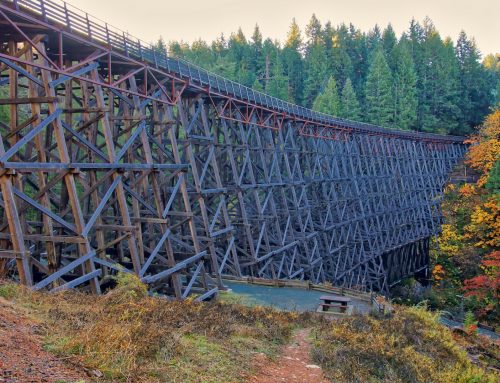
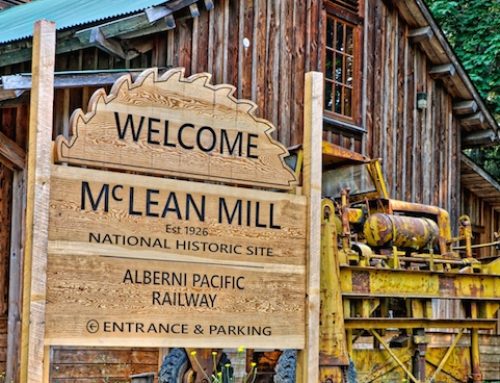
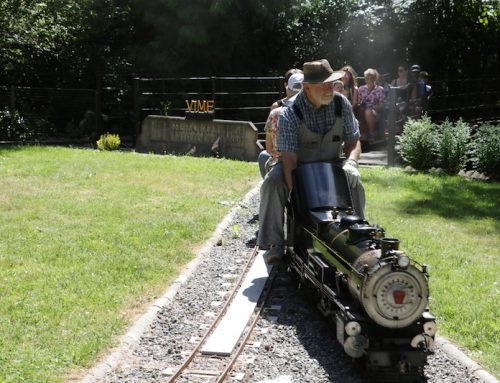
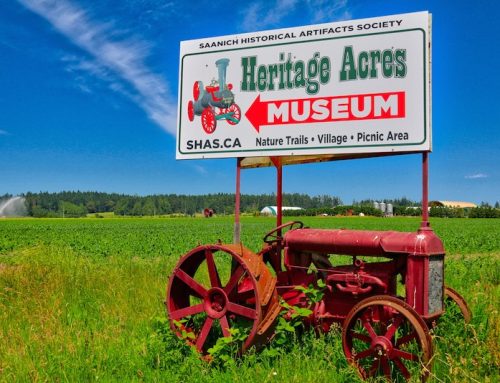
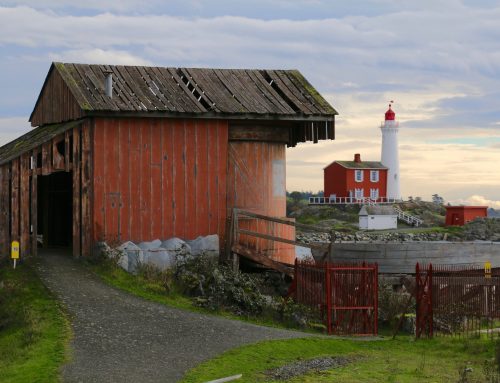
You have a misspelling in your text:
“For many years now the work as been on-going to restore the castle to it’s original glory…”
You have “it’s” with an apostrophe which means “it is”. You need “its”, without an apostrophe, which is possessive like “his” and “hers”.
Thanks Kevin, It has now been corrected!
linda
Your blog is so helpful! Thank you so much 🙂
Thank you so much for the info!
Thanks for this article. It’s very informative and helpful. I really appreciate your passion in sharing about Victoria.
Hi there, you have the wrong picture for Craigdarroch castle! Your picture is the Hatley Castle……..oops
Hi Sharon, A couple of things … the large image at the top of the page is the ‘featured image’ for the whole article. It’s not meant to be the picture of Craigdarroch. The next thing is … thanks for mentioning this! I’d written this article a long time ago and it was good to visit it again and do some up-dating! I now have a photo of Craigdarroch in it’s section (which for some reason I didn’t have before!) and I’ve also up-dated contact and information links on all of them.
So thank you for reaching out!
linda